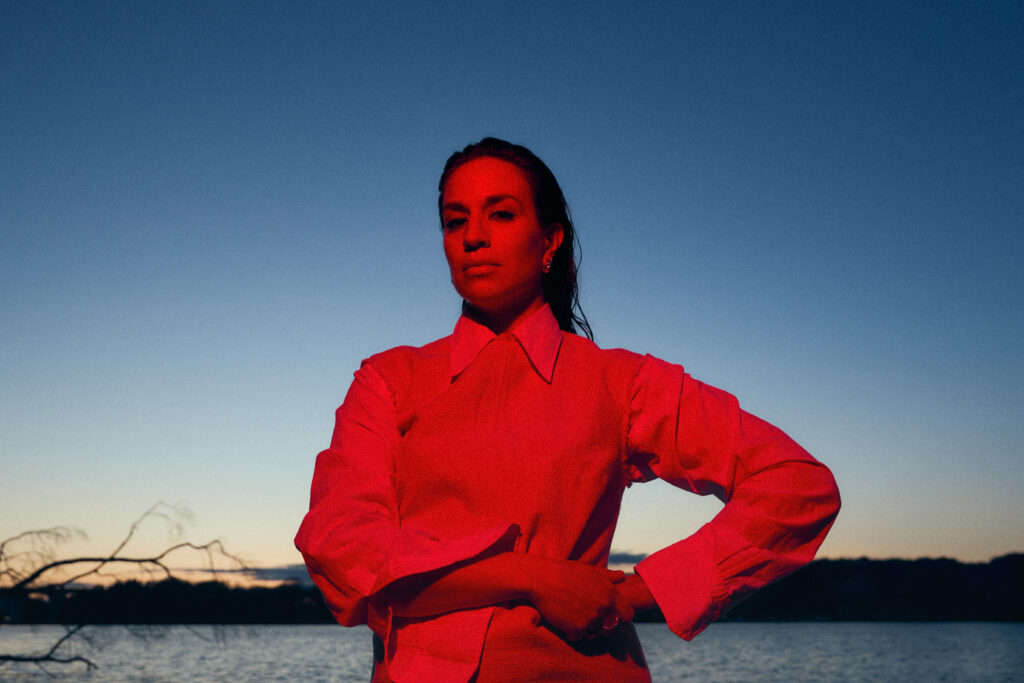Cosima Olu - Finding Light in the In Between
text Elsa Chagot
photography Elvira Glänte
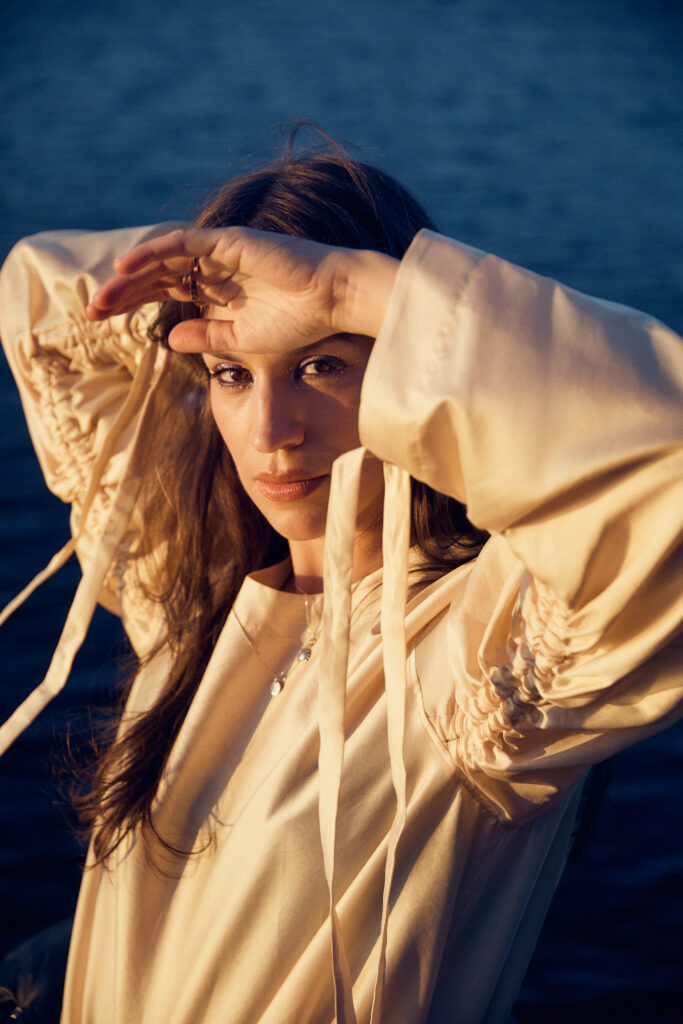
Swedish artist, songwriter, and producer Cosima Olu has carved out a space uniquely her own; blending soulful melodies, acoustic textures, and thoughtful lyricism. With roots embedded within music and art, she approaches her craft with honesty and emotional depth. In this conversation with Odalisque Magazine, Cosima opens up about her creative journey, the personal experiences that shaped her latest album In Between, and the power of staying true to oneself
Elsa Chagot: How did your journey with music begin, and how have you grown into the artist, songwriter, and producer you are today? Did it always feel like a natural step?
Cosima Olu: My relationship with music has always been strong. Both of my parents were musicians – my father was a jazz pianist, and my mother was a classical pianist and musicologist. I would simply say that I’ve been privileged to have had music around me since childhood. Not only did my parents introduce me to their love of music, but also to their love of theatre, opera, art, and nature.
I’ve been in the music industry for quite some time now – working, collaborating, and performing with many different artists and musicians. My craft as a musician has always felt natural to me, but taking the step forward as an artist has been something different. My main focus has been on the process of creating music, and on making music that truly makes sense to me.
Although I’ve always struggled with nervousness and anxiety that strike every now and then – which isn’t always ideal as an artist, since we often focus so much on ourselves – releasing my own music has helped me be kinder to myself and more present in general.
When I write, I usually describe a chapter or situation from my own experiences. I’m also a strong advocate for independent music creators – own your own music! – but there’s also a downside to it. You invest so many hours, so much effort and money into your art without any guarantee it will be heard. Many decisions must be made, which can feel quite lonely at times. But hey – at last, you finish your album, and what a huge reward that is! The creative freedom I have as an independent artist allows me to stay true to myself.
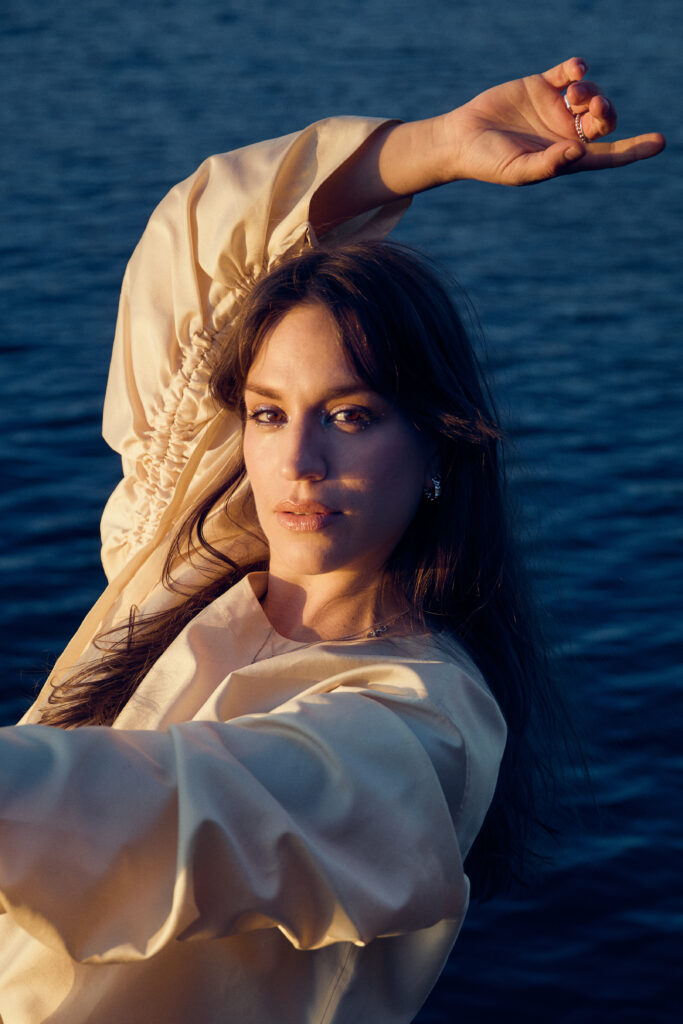
EC: Your new album has been described as a blend of alternative soul, acoustic pop and progressive RnB. Do you have any particular influences, such as artists, that shaped this new sound and identity?
OU: When I write music, I don’t think in terms of a specific genre. Honestly, I think we’re too obsessed with categorizing things. But of course, every form of art is influenced by many different expressions.
I’ve been a music lover from the very start and have always listened to all kinds of music. In high school, I listened a lot to 90s R&B such as Aaliyah, TLC, and Whitney Houston — but I was also a huge fan of movie music. (I even had The Lord of the Rings soundtrack in my Walkman (!!) — a true nerd, haha!)
As a singer, Donny Hathaway has always been my role model. In recent years, jazz and instrumental music have had a big impact on me — both as a listener and as a creator. After my first album Magnolia, I felt a strong urge to write and produce more acoustic, upbeat music and to embrace my love for R&B.
EC: You took a break from music after a dark period in your life. How did that affect you personally, and how has it influenced your new music?
OU: This period was crucial for me. Losing both of my parents within a year and a half affected me deeply as a person — and naturally, it also left a strong mark on my music, especially in the aftermath. Losing your roots affects your future. Losing control of what was happening forced me to take a step back. I had to be patient and adapt to a new state of mind. Some days were harder than others. But during that time, I also met the love of my life. It’s funny how life can offer both sadness and happiness at the same time.
I believe this period made me more humble, compassionate, and perceptive. In my music, it’s important for me to stay true to who I am and where I come from. I think that comes through to my listeners, and I hope my music can radiate tenderness, hopefulness, and happiness at the same time.
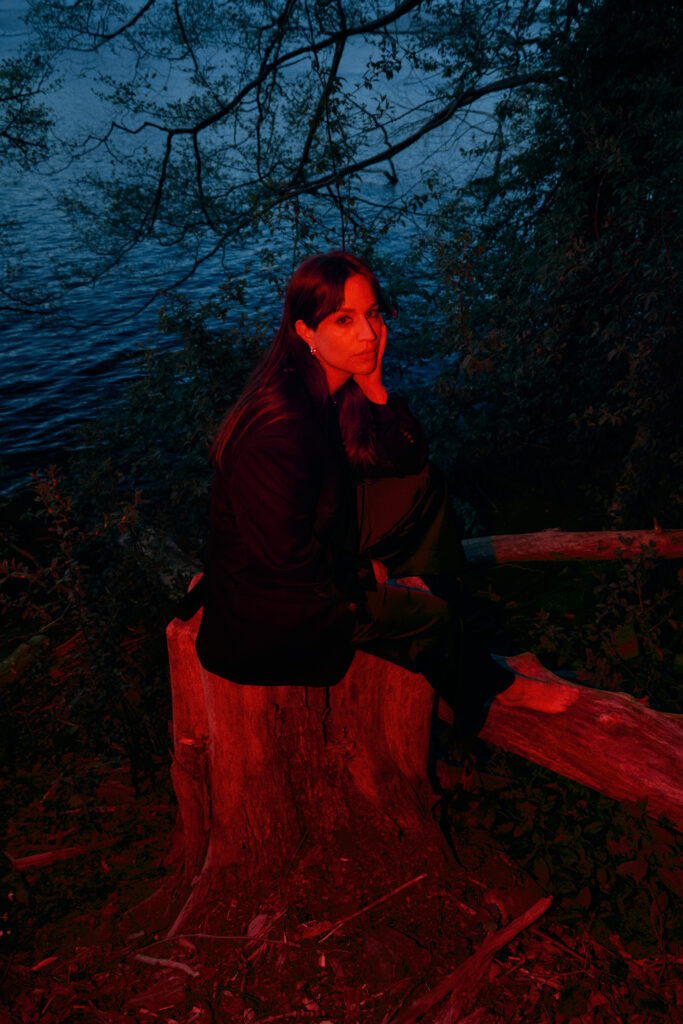
EC: How did you eventually find your way back to music after your break?
OU: I guess it’s the pursuit of expressing myself. For me, music is a language — one that often feels easier to speak. I can use sounds and melodies to create a certain mood, or add lyrics to make the purpose of the song more direct.
So, I think the break made me realize how essential it is for me to write my own music. It’s important for me to nurture my musical instinct — otherwise, I think I’d feel a bit down all the time, haha.
EC: What does In Between mean to you personally?
OU: It represents both an emotional state of being in between sorrow and joy, light and darkness. The album is about being present in that space — when you’re losing control and simply have to keep going.
“In Between” also means staying true to my own expression. I often hear that my music is too jazzy from a pop-oriented point of view — and vice versa. I’ve been told many times that my music is hard to label and doesn’t fit neatly into a specific genre.To me, that’s a good thing. So, I’m sorry to say — In Between is not jazz, and it’s not pop. It’s not soul, and it’s not RnB. It’s something in between.
EC: Tell me about your collaboration with Tobias Wiklund. How did you two connect as artists?
OU: Tobias Wiklund is an amazing musician! He has a sound that truly stands out, and to me, he feels completely at one with his instrument — fully present in his expression.
When I wrote Overgrown, I immediately felt that something was missing. I reached out to Tobias, and he was thrilled to be featured on the track. Tobias made Overgrown complete.
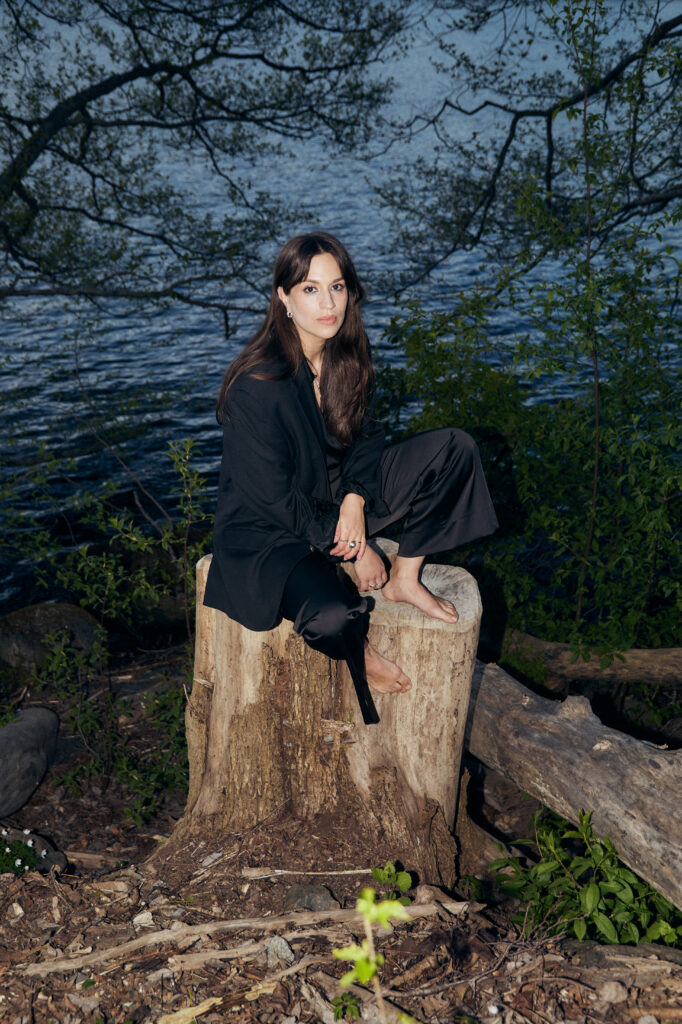
EC: You’ve already performed some of the songs live while touring with Miriam Bryant. How did that feel, and how did the audience respond?
OU: Very nervous, haha! I’ve been playing in Miriam’s band since 2018, and one day she passed by my studio. I played her my then-unreleased album, and after three songs she asked if I wanted to join her as a support act on her spring tour.
A few months later, we were in Helsinki for our first show, and I was sooo nervous — but also thrilled to get on stage. My nervousness disappeared quite quickly though.
Her audience was incredibly sweet, and I was so happy to borrow their ears for a while.
EC: Your new album carries stories from your personal context. How important is it for listeners to know and understand that background, or do you embrace the idea that once your art is out there, it belongs to the audience’s own interpretation?
OU: I’ve always felt that once music is released, it should be open to the listener’s own interpretation. When my music is out in the world, it no longer belongs only to me.
But if the listener is interested in the story behind the music, I’m always happy to share the purpose behind a song. For instance, three years ago I had a miscarriage — we lost a future we had hoped for, and once again I struggled with the fact that I wasn’t in control. The outcome was the song Something in the Air. I hope that listeners can find my music comforting or empowering, and that would truly mean the world to me. From my perspective, having an open mind helps create an open culture.
